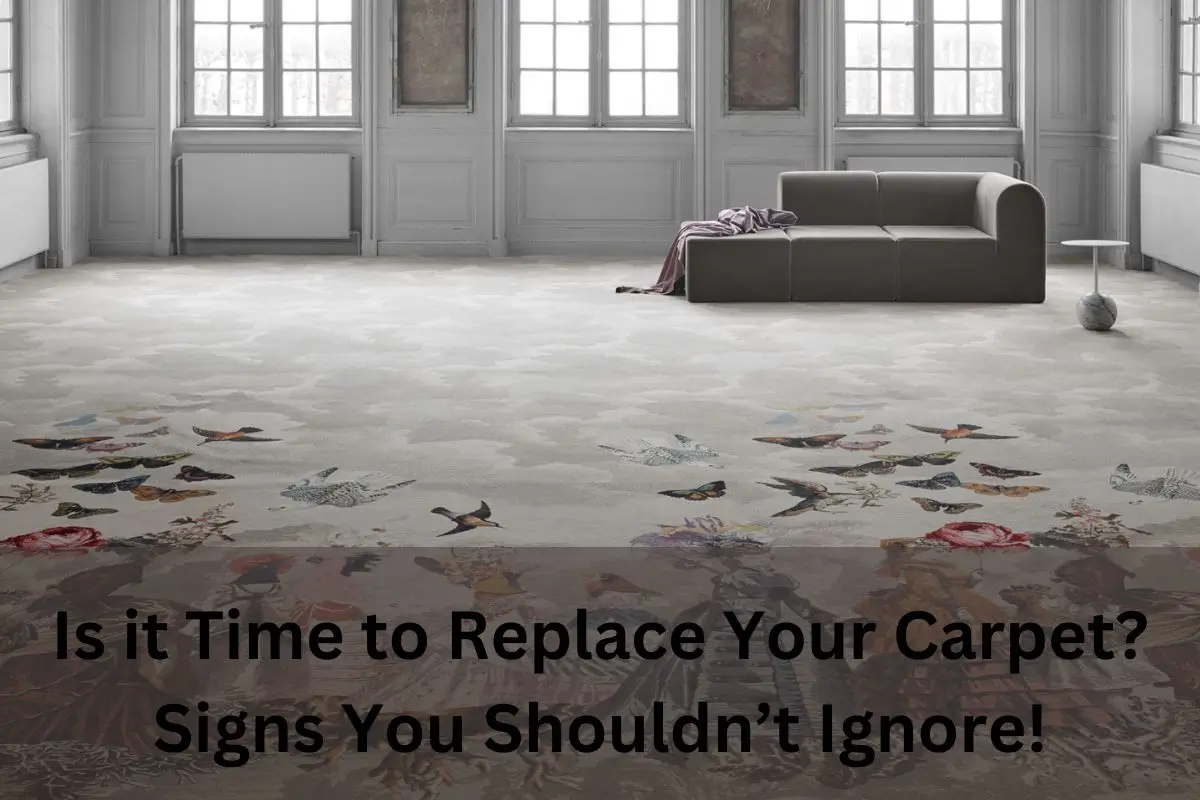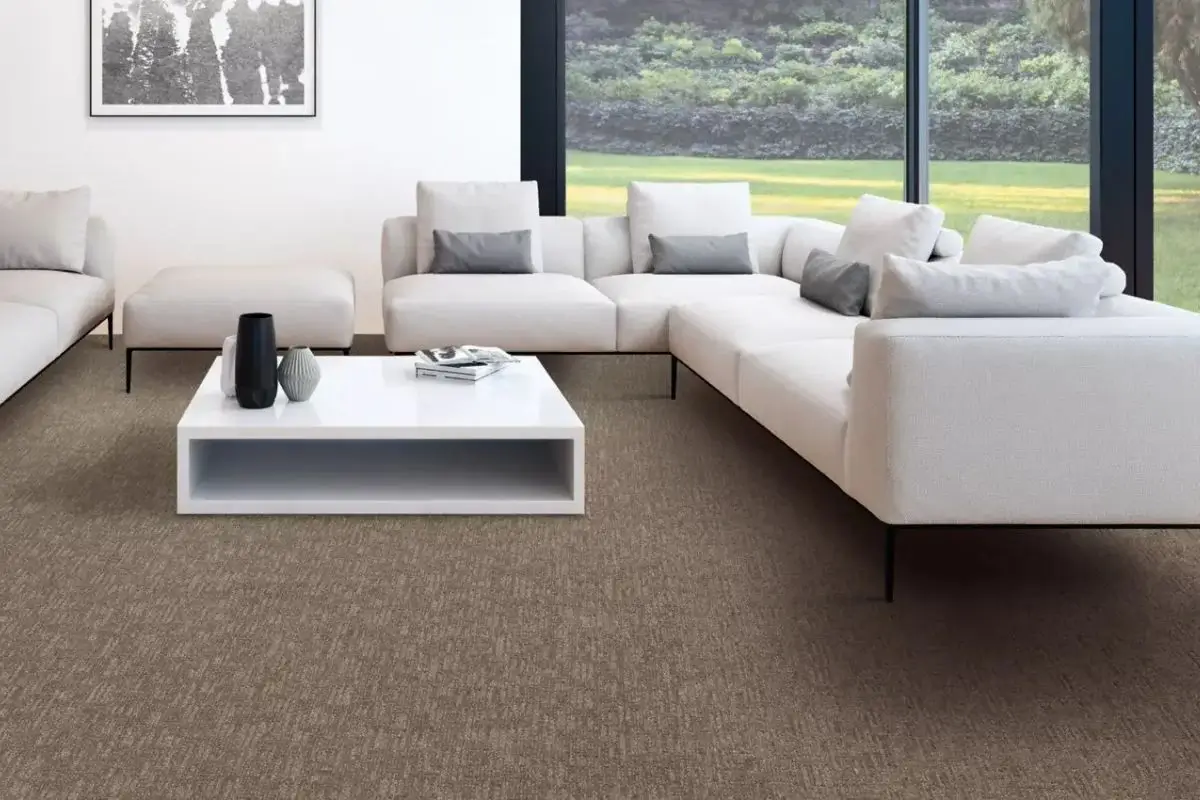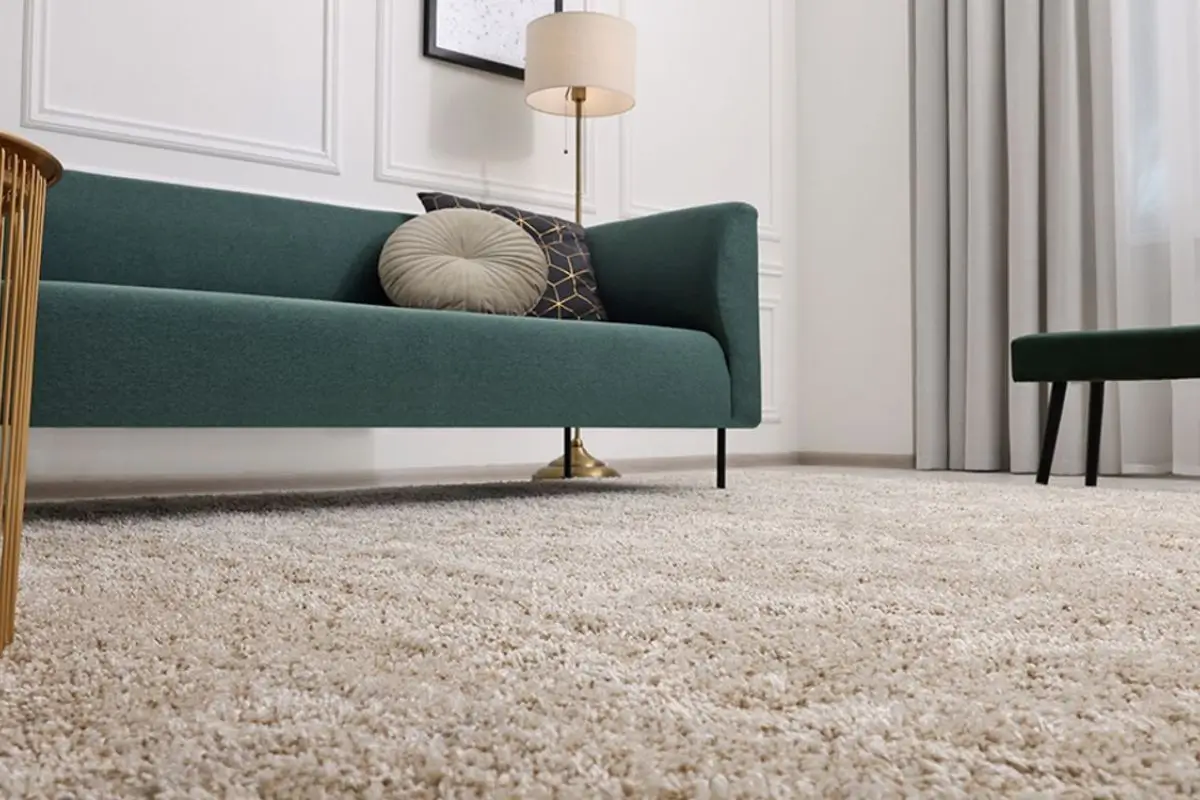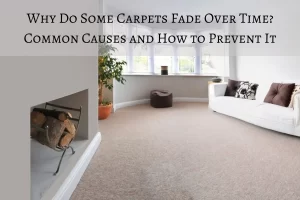Carpets significantly enhance both the comfort and aesthetics of a home. However, like all materials, they have a lifespan. Over time, wear, damage, and age can diminish a carpet’s appearance and functionality. Ignoring the signs that your carpet needs replacing could lead to health issues and a reduction in home value. Here are key indicators that suggest it might be time to replace your carpet.
Visible Wear and Tear: A Telltale Sign
Over time, carpets naturally experience wear and tear, especially in high-traffic areas. Fraying edges, unraveling threads, and thinning patches are common indicators that the carpet’s fibers are breaking down. These signs suggest the carpet has endured more than it was designed to handle and is now unable to recover. While minor damage can sometimes be repaired, extensive wear, particularly in multiple areas, often means the carpet has outlived its usefulness. At this stage, replacement is the best option to restore the room’s appearance and functionality, ensuring comfort and durability for years to come.
Stains That Won’t Come Out: Time to Let Go
Persistent stains that can’t be removed with even professional cleaning are a clear sign that your carpet’s time has passed. Over the years, carpets accumulate spills, dirt, and grime, and some stains become embedded deep within the fibers. These unsightly marks not only detract from the appearance of your home but may also indicate underlying damage to the carpet. If cleaning solutions no longer work and stains are becoming more prominent, it’s a strong indicator that the carpet is beyond saving. In such cases, replacing the carpet is a necessary step to refresh the room.
Lingering Odors: A Red Flag
Carpets absorb everything from food and pet odors to moisture and mildew over time. Even after thorough cleanings, some odors refuse to go away, indicating that the issue is more than surface-level. Lingering smells often mean that the padding or the fibers have been affected by moisture or organic materials trapped deep within the carpet. If unpleasant odors persist despite cleaning efforts, it could point to mold or bacteria buildup, which can harm indoor air quality. Replacing the carpet will eliminate these odors and create a healthier environment.
Allergy Symptoms Increasing: Breathe Easier
Old carpets can harbor a significant amount of dust, pollen, pet dander, and other allergens. If you or your family members notice worsening allergy symptoms, especially sneezing, coughing, or itchy eyes, it could be due to the contaminants trapped in the carpet. Vacuuming and cleaning may reduce allergens temporarily, but over time, carpets become a breeding ground for these particles. Once this happens, your carpet is no longer safe for those with respiratory sensitivities. Replacing the carpet can drastically improve indoor air quality and relieve allergy symptoms, ensuring a healthier home.
Mold or Mildew Growth: Act Fast!
Mold and mildew are serious problems that can develop in carpets, especially after water damage or in damp areas. If you detect a musty smell or see visible signs of mold growth, it’s crucial to take immediate action. Mold can spread quickly and pose significant health risks, including respiratory issues and allergic reactions. Even if mold isn’t visible, it can still be growing underneath the carpet, damaging the flooring beneath it. Replacing the carpet is the safest option in cases of mold growth, as it helps prevent further damage and health complications.
Flattened or Lost Cushioning: Time for Renewal
A carpet’s cushioning is essential for both comfort and insulation. Over time, the padding beneath the carpet can become compressed, losing its ability to provide support. This results in a hard, uncomfortable surface that no longer feels pleasant underfoot. Additionally, the lack of cushioning can cause the carpet to wear down more quickly, leading to visible damage. If you notice that your carpet feels flat or uneven in certain areas, it’s a sign that the cushioning has deteriorated. Replacing both the carpet and its padding will restore comfort and extend the life of your flooring.
Outdated or Faded Appearance: Update Your Space
Carpets can fade over time due to sun exposure, cleaning chemicals, or simple age. A faded or outdated carpet can make your home look drab and neglected, diminishing the overall appeal of the space. Trends in home decor also evolve, and an older carpet may no longer match your desired aesthetic. Replacing a faded or outdated carpet is a simple yet effective way to modernize your home. A new, vibrant carpet can transform a room, making it feel fresh, inviting, and up to date with current design trends.
Unpleasant Texture: Comfort Matters
As carpets age, they often lose their softness and can develop an unpleasant, rough texture. Walking on a carpet that feels scratchy or stiff is not only uncomfortable but also a sign that the fibers are worn out. This change in texture is usually irreversible and indicates that the carpet has reached the end of its life. If your carpet no longer feels inviting and comfortable underfoot, it’s time to replace it. A new carpet will not only enhance the tactile experience of your home but also contribute to a cozy and welcoming environment.
Increased Maintenance Needs: A Time Sink
If you find yourself constantly vacuuming or cleaning your carpet with minimal results, it’s a sign that the carpet is past its prime. Old carpets require more frequent and intense cleaning to maintain their appearance, and even then, they may still look worn or dirty. This increased maintenance is not only time-consuming but also a sign that the carpet is deteriorating. When maintenance efforts no longer yield significant improvements, it’s more cost-effective to replace the carpet rather than continue investing in temporary fixes. A new carpet will reduce cleaning demands and restore a fresh look to your space.
Replacing Carpet to Improve Home Value: Smart Investment
Carpets are a key factor in a home’s appearance and resale value. Old, worn, or stained carpets can make a negative impression on potential buyers, reducing your home’s appeal. If you’re planning to sell your home, replacing the carpet can be a worthwhile investment. A new carpet enhances the overall presentation of your home, making it look well-maintained and inviting. Buyers are more likely to pay a premium for a home that feels clean and updated. Replacing old carpets can be a simple yet impactful way to increase your home’s value.
Conclusion
Recognizing the signs that your carpet needs replacing is essential to maintaining a clean, healthy, and comfortable home. Whether it’s due to visible wear, lingering odors, or increased allergens, knowing when to replace your carpet can prevent further damage and improve your living space. By addressing these issues proactively, you can ensure that your home remains both functional and aesthetically pleasing. Investing in new carpeting not only enhances your home’s appearance but also contributes to a healthier and more inviting environment.









